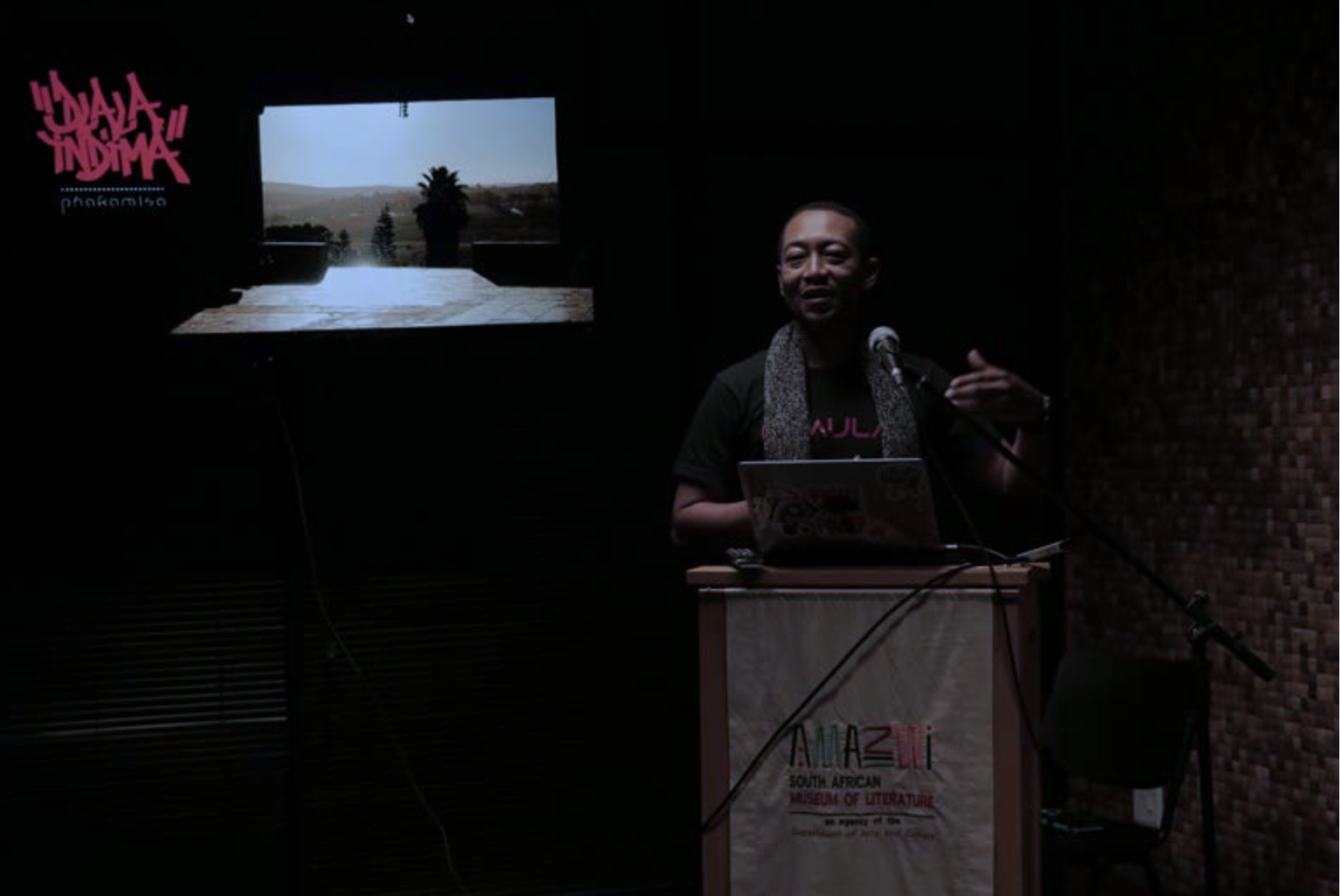By Arno Cornelissen
There is a bond of brothers and sisters in the room. They have the same blood – mostly acrylic. These writers commit their lives to controversial expression, uniquely changing the world – wall after wall.
“Dlala Indima is our voice. It’s a self-published, black publication,” says Buntu Fihla . Written by Fihla and Zingisa Nkosinkulu, Dlala Indima 2010 to 2020 Retrospective: Portrait of a Graffiti Project acts as a graffiti archive which is cognisant of its place in history. Reflections on this artform encompasses apartheid to contemporary South Africa, and specifically highlights the Eastern Cape’s contribution to the work. The book is written in the form of a conversational interview, providing readers with an intimate look into the project and its impact on marginalised groups in South Africa.
This is the first South African graffiti book written from the perspective and experience of black South Africans and the Eastern Cape Hip-Hop culture. Dlala Indima acknowledges and respects these factors as the root of graffiti before white privilege encroached with new ideals not always geared towards community upliftment.
The beauty of Graffiti and Street Art is in its resilience – both figuratively and literally. The art will stay on display for however long paint lasts in the elements, unlike curated exhibitions that only remain for a short time and cater to a select audience.
Graffiti writers from across the country visited this year’s Festival and transformed sections of the town with their own resources. For artists, Bief37 (AKA Buntu Fihla), it’s always been about “bettering my community’s discouraging environments. Graffiti makes the environment safer. It’s a tool to educate.”
Dlala Indima is not only a rich recounting of South Africa’s graffiti history, but it also serves as a catalyst for the new generation to build on what the forerunners bravely began during the severe threats of the apartheid government.
Being the first of its kind, the Dlala Indima is pioneering a new frontier for street art. Within Makhanda, artists such as Mook Lion, Flowr and FALKAB carry the baton with a tight grip – making the Makhanda community livelier, one wall at a time.


